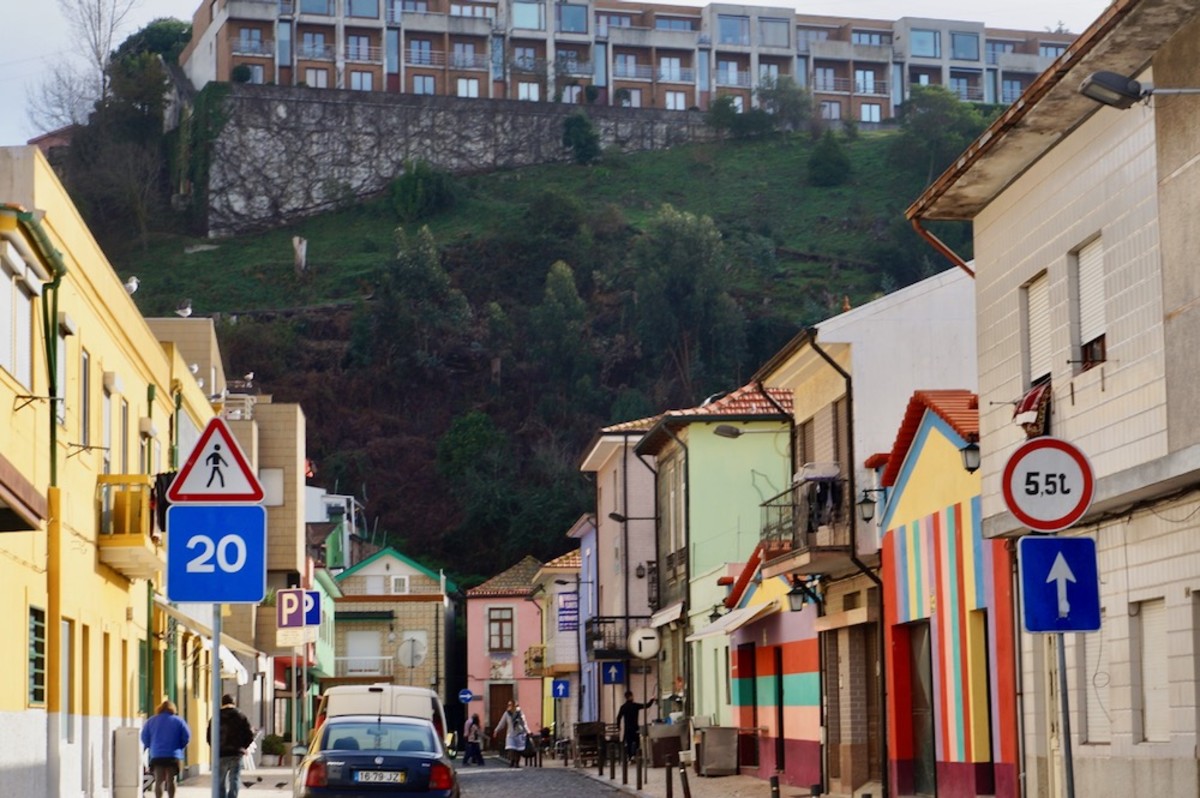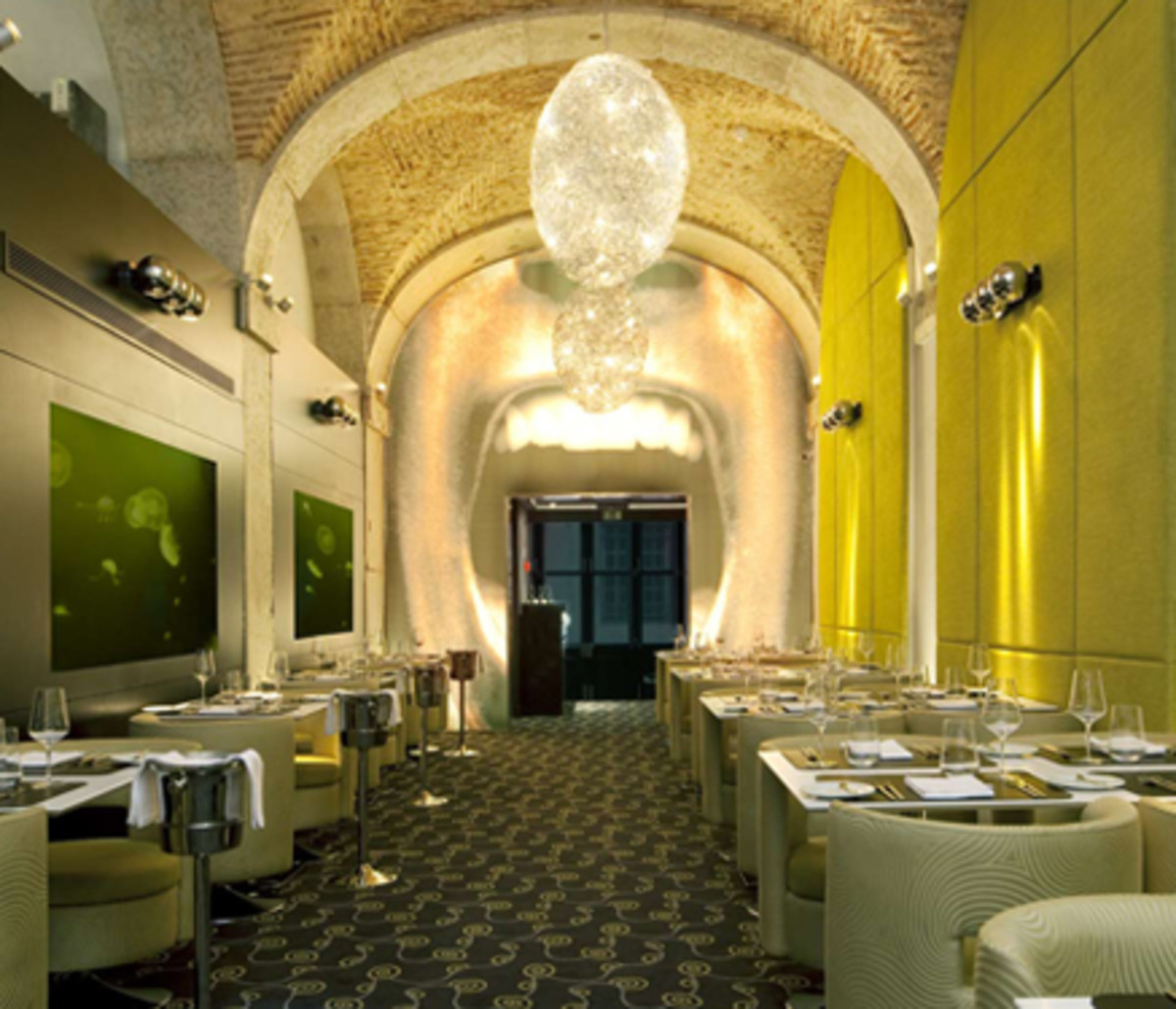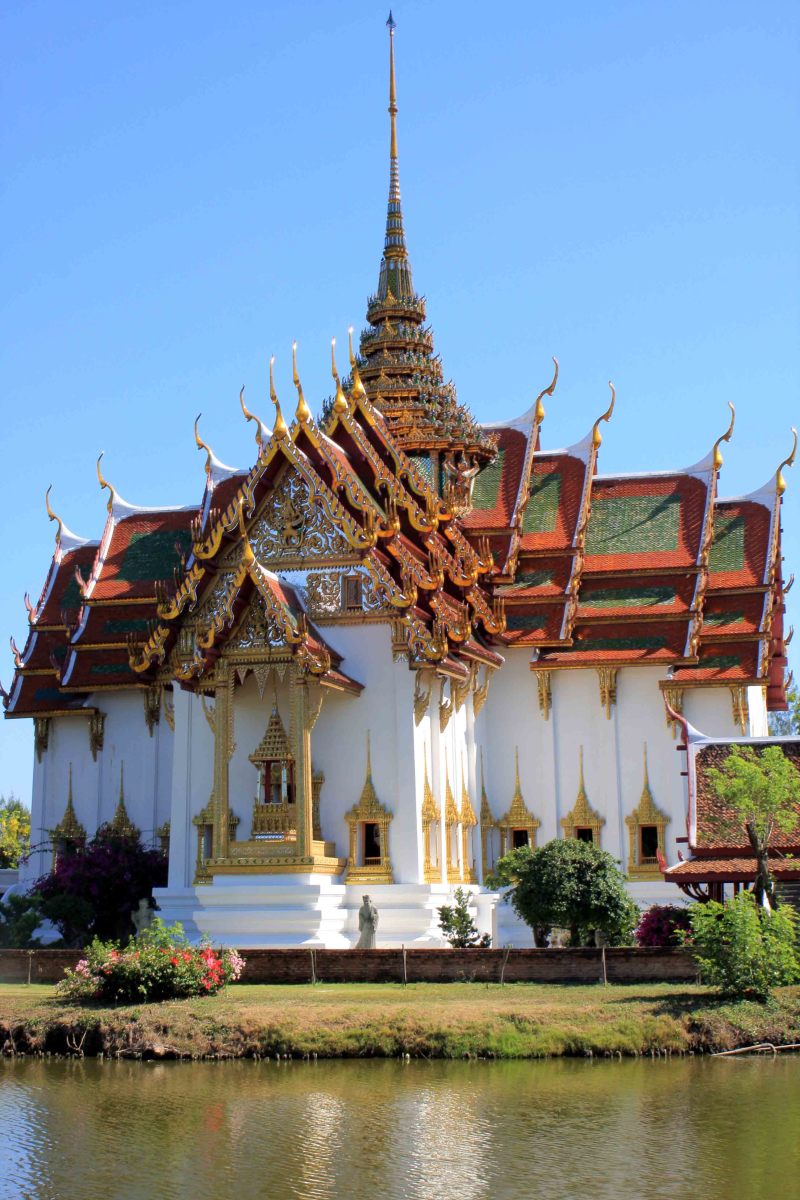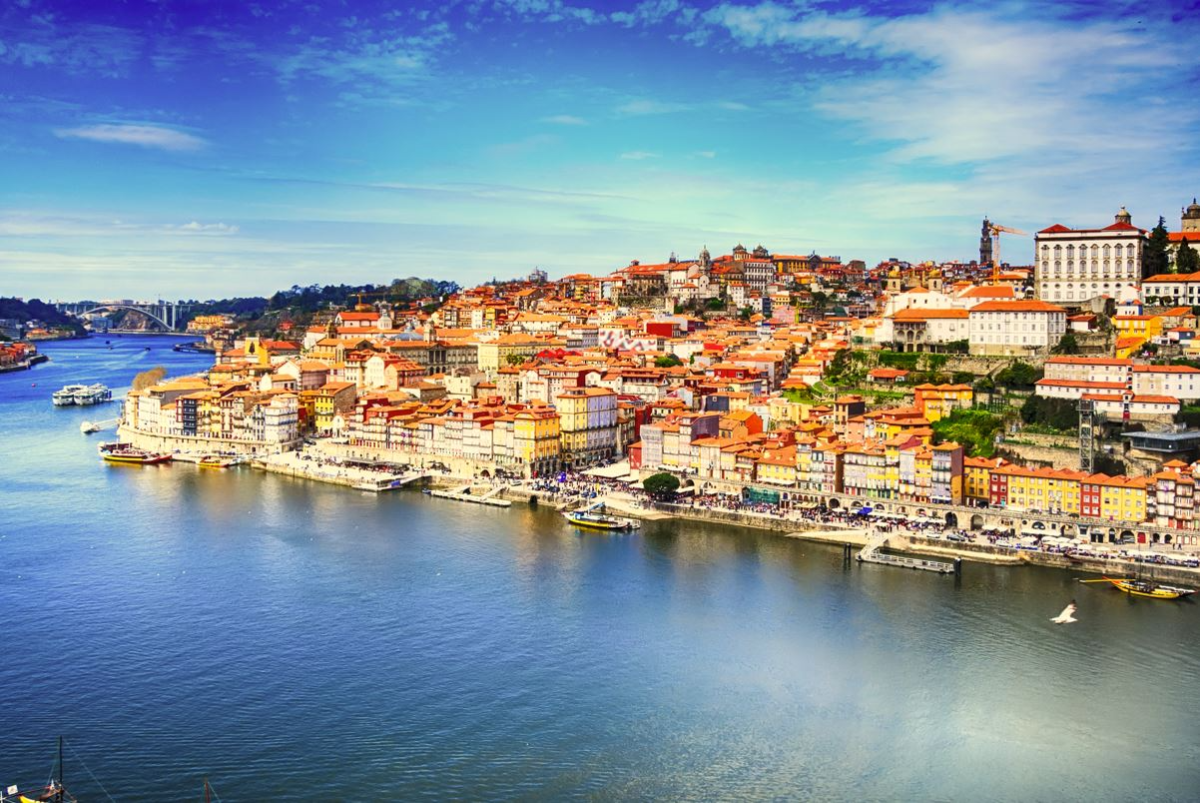Travel information: Portugal's seven architectural wonders Monuments
Portugal History
Portugal
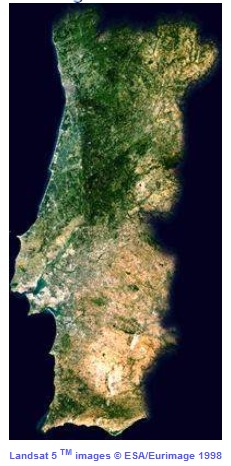
Portugal
The country
Portugal is a small country located in the southwestern part of Europe in the Iberian Peninsula and its islands are located in the North Atlantic Ocean.
Portugal is one of the oldest countries in the world with a history as country that goes back to 1139, year when Portugal’s first King D. Afonso Henriques, proclaimed himself the King of Portugal after rebelling for years against is grandfather, the King of Castille and Leon. And we think we have family issues!…
Neighbouring Portugal you find Spain. Portugal is not a part of Spain and that is a fact Portuguese people hold very dear.
It’s not that we don’t like Spain. Personally, I find Spanish people very interesting and colourful and I find Spain has fantastic places, like Granada and Barcelona or Madrid .
But you see, Portugal spent centuries fighting off Spain, that kept wanting to make Portugal a part of it: there was that all business with the grandfather, then there were the crisis of 1383-85, when the Spanish invaded Portugal in the middle of a dynastic crisis and D. João I (who was actually the former king’s bastard) had to step up, fight them off and secure the throne. Again in 1580 another dynastic crisis, no heir available in Portugal and in comes the Spanish king to claim the throne - that one actually cost 60 years without independence and half of the colonial empire Portugal (as most of the countries of that time ) had. Then again in the Eighteen hundreds alongside France during the Napoleonic wars.
So, this whole business has historic reasons, it’s kind of cyclical and it’s perhaps why people in Portugal like to stress that Portugal is a country and not a part of Spain.
Anyway, such an old country, inhabited from pre-historic ages, that saw the come and go of the Celts, the Carthaginians, the Romans, the Moors and many others, all of whom left their mark, such a country that borders the atlantic ocean, such country that has beaches and mountains, that has monuments and beautiful landscapes, such country with a mild climate and so much sun, such country is really worth visiting.
It’s small, but inviting, it is warm, its people are friendly, its food delicious, its wine from the gods. Among all these lovely things is the architectural heritage, which is vast and amazing and always a reason to visit, so let me tell you about it.
Portugal
Seven Wonders - 2007
In 2007 Portugal came together to elect the seven most amazing works of the architectural Portuguese heritage. The choice was plenty, from the National Palace of Queluz, the Roman Temple of Évora (Temple of Diana ), the fortress of Sagres, the monastery of Jerónimos and many others.
The winners were:
Castle of Guimarães;
Castle of Óbidos;
Monastery of Alcobaça;
Monastery of Batalha;
Monastery of Jerónimos;
Pena’s National Palace;
Tower of Belém.
So, let me take you on a small tour through these amazing places, these monuments that take us far back in time and tell you the tale of Portuguese history.
Castle of Guimarães
Castle of Guimarães
As the name shows this castle is located in Guimarães. The castle was first built around the year of 958. After one century the original structure was demolished and a bigger and better castle, with strong defenses was built by Count D. Henrique, after he married the daughter of Castille and Leon’s King, D. Teresa. The count and his wife took residence in the castle, given its strategic positioning.
This castle is the typical Portuguese medieval castle wih a military and gothic architecture. It has a pentagonal design reinforced with eight towers encasing the military square.
Commonly, it is said that this is the birthplace of Portugal, since it was the castle that the father of Portugal’s first king chose to rule his county from. Later on Portugal’s first king was born there, the one that had those grandfather’s issues, and he ruled from this castle his expanding kingdom, as he waged wars with Castille and Leon and the Arabs at the same time, managing to more than double the area of his kingdom by the time he passed away.
This castle isn’t just remarkable because of its architecture and the centuries it endured, but because it stands for the fighting spirit, the endurance and the resilience of what making a country is all about.
Óbidos and the castle
Castle of Óbidos
High on a hill rises Óbidos and its Manueline style castle, crowning the town.
The history of the castle dates back to 713 when the Moors erected a fortress on top of the hill. The town and the castle were won back from the Moors in 1148 and it is said that the King and its men disguised themselves as cherry trees to deceive the Moors and conquer the castle. The castle and its walls encase the town, which has been preserved and maintains the old look and the narrow streets, so you can really go back in time when you visit Óbidos.
Throughout the centuries the castle was expanded and renewed, gaining when it comes to decoration, design, style, defense and architectural features.
The castle, the townhall, the view of the castle and the view from the castle elected it as a favourite of queens, several of whom chose Óbidos Castle to live in, reason why the castle is often referred to as the Castle of Queens. The fact that King Dinis made Óbidos and the Castle a gift to his wife also contributed the romantic view of the castle. And he was not alone, before him King Afonso II had done basically the same. The difference with D. Dinis was that to please her he also had renovations done to the castle, complementing it with marble and limestone blades.
Monastery of Alcobaça
Monastery of Alcobaça
This Monastery is located in Alcobaça a small town half an hour drive north from Portugal’s capital, Lisbon. It’s an imposing and fascinating complex and one of the few in Europe that has managed to preserve intact a group of medieval buildings. The church of the monastery is the oldest gothic construction in Portugal.
Again the history of this monastery also goes back to the foundation of Portugal and Portugal’s first King, D. Afonso Henriques. The building started in 1178 and the monks (Cistercian order) that lived in the Monastery were responsible for important projects in the area, such as public schooling and the use of the land for growing fruit trees. One of this projects can still be acknowledged today by one of the most famous traces of Alcobaça, its apples, which taste is unbelievable.
The monastery is amazing for its size, the quality and beauty of the materials used in the construction, for the purity of its design, making it a masterpiece.
It is here that ended one of the most romantic stories of Portuguese history: Prince D. Pedro I, married to a Spanish princess, D. Constança, fell deeply in love with her handmaiden, D. Inês, with whom he had several children. D. Pedro’s father thought D. Inês was a bad influence to his son and would ultimately ruin Portugal’s relation to Spain. After the death of D. Constança, Pedro refused to marry anyone, but Inês. But the King thought she was not worthy to be the queen of Portugal and so had her killed. Having thought that his son would come to his senses after her death, he was surprised when the opposite happened. Pedro swore to avenge her death and pursued the men that had done his father’s biddings. The death of D. Inês plunged the country into a civil war, but eventually father and son made peace, though Pedro never forgave him. As soon as Pedro became king he actually crowned D. Inês as queen, even dead, and had her dug out of her grave, so that the nobles would kiss her hand and greet her as queen. He also recognized his illegitimate children with her. This love story ended in this Monastery where the King and his Queen lay side by side for all eternity on their tombs, which are two of the most beautiful gothic funerary sculptures.
Monastery of Batalha
Monastery of Batalha
The Monastery of Batalha is a Dominican monastery in the town of Batalha. It was built to commemorate the victory of the Portuguese over the Spanish back in 1385 at the battle of Aljubarrota, where the Portuguese secured their freedom (once more) from Spain. This monument has been part of the UNESCO World Heritage List since 1983.
The Monastery started being built after the victory and the construction lasted for about two centuries. It is a building of gothic design that evolved into Manueline design, intricated and full.
It stands as the canvas for several privileged expressions of Portuguese art: the grand and sober architectural style of the end of the 14th century; the exuberant aesthetics of the “capelas imperfeitas” (imperfect chapels); the marvellous Manueline style with the lace-work and embroidery of stone, the wonderful arcades and the immense portal atributted to Mateus Fernandes, the Elder.
Monastery of Jerónimos
Monastery of Jerónimos
This monastery is an impressive symbol of the wealth and power of Portugal during the Age of the Discoveries. It was built on the site of an old hermitage where Vasco da Gama and his sailors spent the last night before departing to India. It was build to give thanks to Virgin Mary for his success. Being so intertwined with Vasco da Gama it is only natural it is also his resting place.
The monastery was populated by monks of the hieronymite order that guided the sailors and prayed for the king’s soul.
It is also part of the UNESCO World Heritage List and it is the birthplace of the Manueline style, so called after the King Manuel I (who ordered the construction and ruled during this golden age of grandeur and discoveries). This Manueline design is characterized by elaborate details that much resemble embroidery and the use of nautical motifs, that went from ropes to sea monsters. The cloisters of the Monastery are a true work of art, as is the church, the wonderful garden and the fountains. The beauty lies in the details of the whole.
Tower of Belém
Tower of Belém
This tower was built with several purposes: it was a tributte to Lisbon’s patron, Saint Vincent; it was a symbol of the Age of Discoveries; it was part of a defense system of the city and the tagus’ river estuary, that combined the position of the tower with two other fortresses at Cascais and S. Sebastião da Caparica.
The construction started in 1515 and the tower displays signs of the Discoveries and the Manueline design is everywhere you look, turning it into an architectural gem. The tower also reveals the past of the architect, Francisco de Arruda, who before had worked in Portuguese fortresses in Morocco. He brought back moorish influences that can be seen all over the tower, such as the watch-towers. As other portuguese monuments, it also became part of UNESCO World Heritage List back in 1983.
It eventually lost its role in the defense of Lisbon and over the centuries played many other roles, it was a prison, control post and others, but since its beginning it turned and remained over the centuries as the symbol for the discoveries, the symbol for Portugal, the symbol for home, for all those sailors that left with the final sight of the tower as they sailed away, some of them never to return.
Pena’s National Palace
Pena’s National Palace
You may remember I’ve addressed this Palace before on another hub, the one about visiting Sintra, for the Palace is located in the beautiful town of Sintra.
This Palace is without a doubt a work of art and love. Its positioning, the design, the grandeur, it’s difficult to imagine something more lovely. It is the most remarkable example of romantic architecture in Portugal.
The history of Palace starts when the King D. Fernando II, a man of the Arts, buys the ruins of the Monastery of Our Lady of the Pena. He started renovating the old monastery turning it into a small palace, but eventually decided to think big and called the Baron of Eschwege to come and help him build an exciting, amazing palace, with traces of the bavarian palaces of that time. The result is a mix that turned out fantastic, it has moorish design, it has gothic design, it has manueline design, it has stone, it has colour, it has tiles. It’s all there and in great style. It could be a fairy tale palace, but instead became a Wonder.
Finally
That was just a taste of what you can see and what you can discover and learn. There are so many wonderful places to visit, whether you are into monuments and history or you like the open air and radical sports... This can also be the age of discovery.
MORE...
Stay tuned for my next hub on the Seven Natural Wonders of Portugal... Discover amazing places such as Ria Formosa in the Algarve, the caves of Mira D'Aire or the Lagoa das Sete Cidades in Azores...
And check out this site...
- Visit Portugal
Plan your travel to Portugal. Looking for romance, discovering culture, living adventure, relaxing? Indulge yourself in Portugal, your holidays’ destination. Useful information about Accommodation, Gastronomy, Golf, Heritage, Sun & Sea, Nature, T
Please let me know if you liked this hub... Leave a comment and don't forget to vote.
For more information check out my profile and stop by my other hubs.
© Copyright Algarveview.hubpages.com. To use part or the whole article you must first get written permission from the author. Feel free, nonetheless, to use an intro of the hub with a link to the article here on hubpages for the rest of the article.
© 2012 Joana e Bruno


